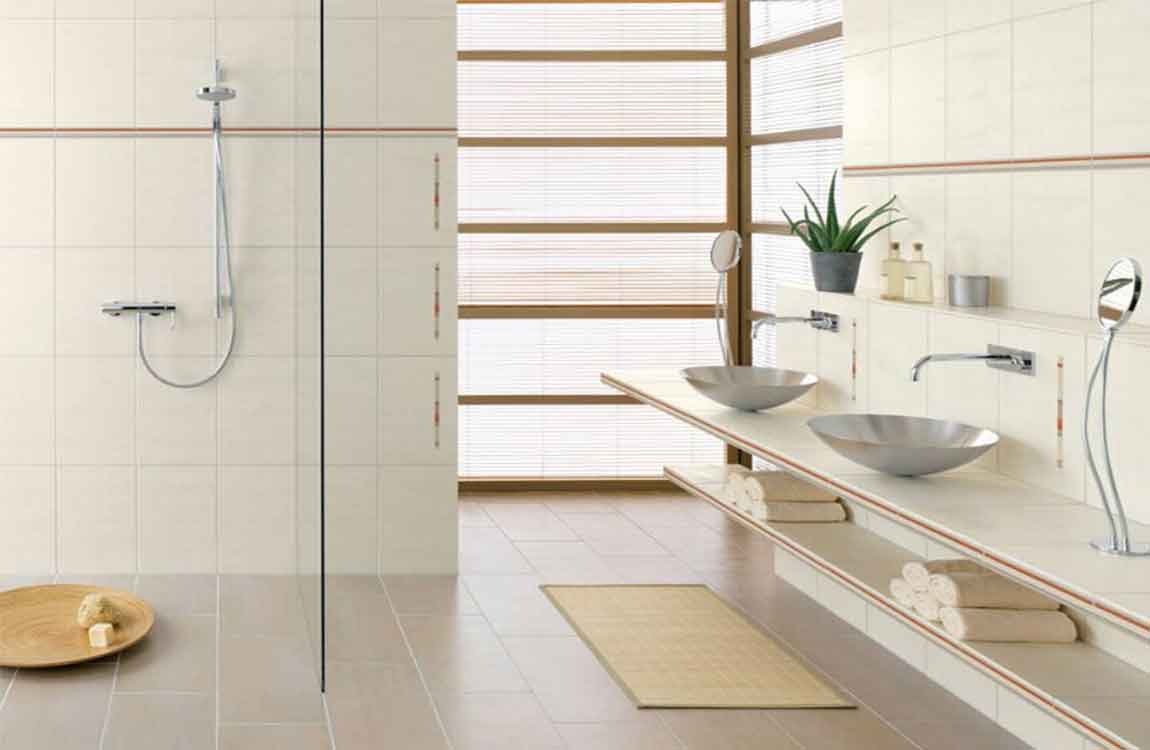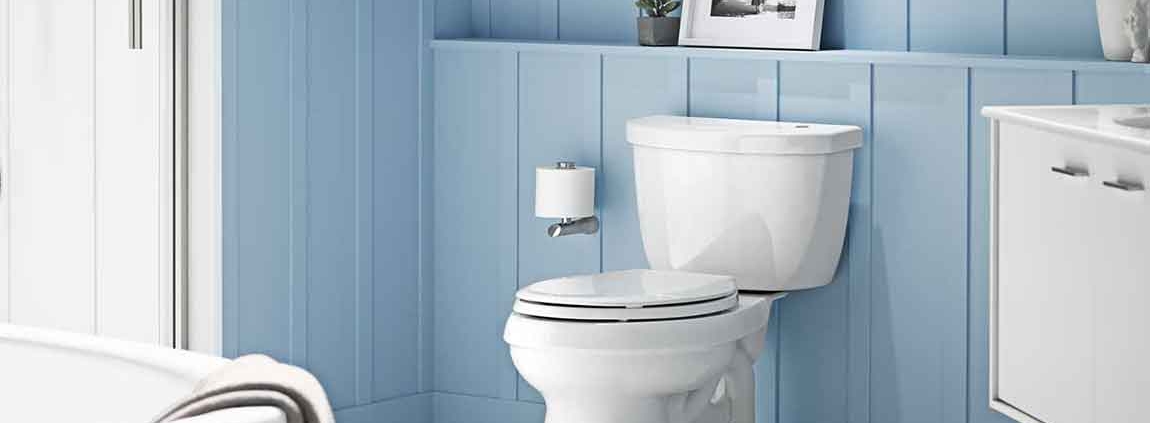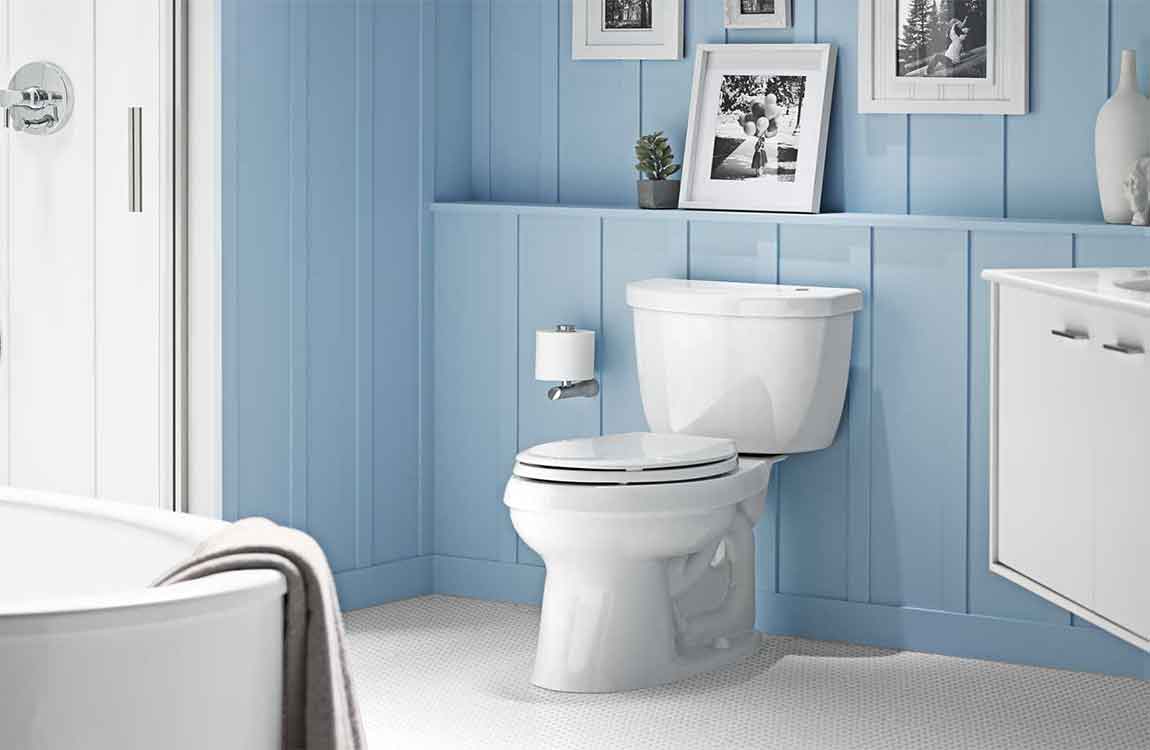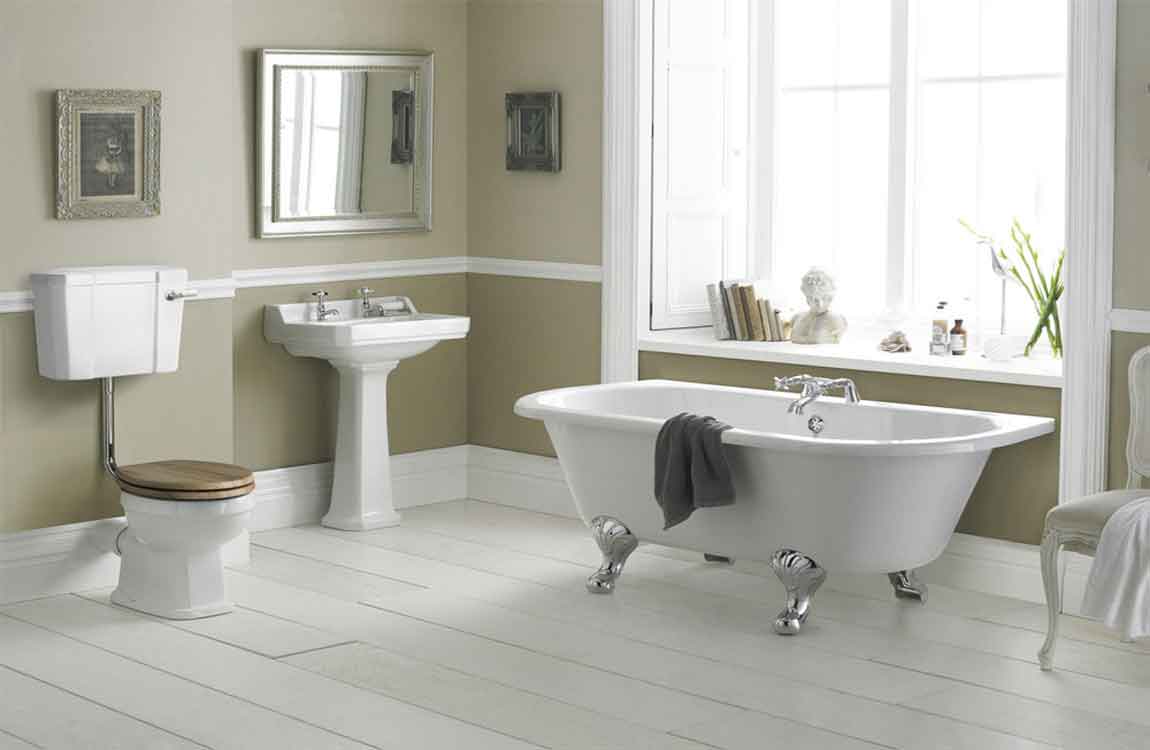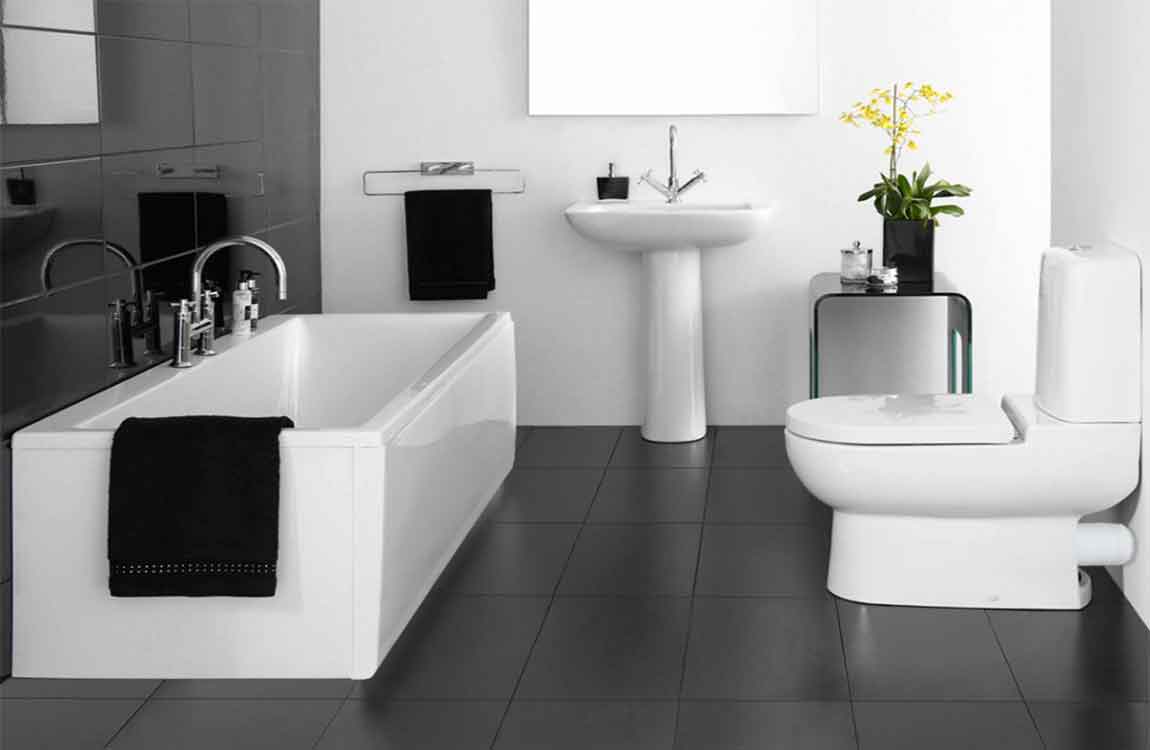How to Refinish Bathtubs?

If you’re hoping to give your bathroom a new look, refinishing your bathtub can be a less expensive alternative to replacing it if you don’t like the color or it’s simply looking dingy and old. Applying a new finish to your tub really only requires a thorough cleaning, a bit of scraping, and some patience. Once you’re armed with the right tools, your tub can be good as new in a weekend.

Use commercial tub cleaner on the entire tub. With all of the caulk removed, spray a commercial strength bathtub cleaner over the entire tub surface. Then use a clean rag or sponge to thoroughly clean the tub. You may have to repeat this step more than once to get all of the soap scum and grime out of an old tub.

It must be completely clean before moving on. Inspect the tub for any leftover silicone, caulk, or grime. Once you’re finished, take a step back and make sure you haven’t missed anything. Any grime, caulk, or debris left in the tub will prevent the new finish from sealing properly. If you spot anything still in the tub, repeat the appropriate step to clean or scrape it away.

If yours needs to be mixed, follow the directions on the package closely to ensure the mixture comes out right. Different finishes require different approaches, so it’s best to follow the instructions on your label. You will need to purchase “reglazer” or a bathtub “finish” that’s made specifically for bathtubs. You can usually find it at your local hardware store.

Recaulk the seams you removed the caulk from before. It’s best to use a non-silicone caulk that has anti-mildew properties. Silicone does not adhere well to bathtub finishes. Apply the caulk by squeezing the tube in an even bead along all of the seams that you removed the caulk from earlier.






